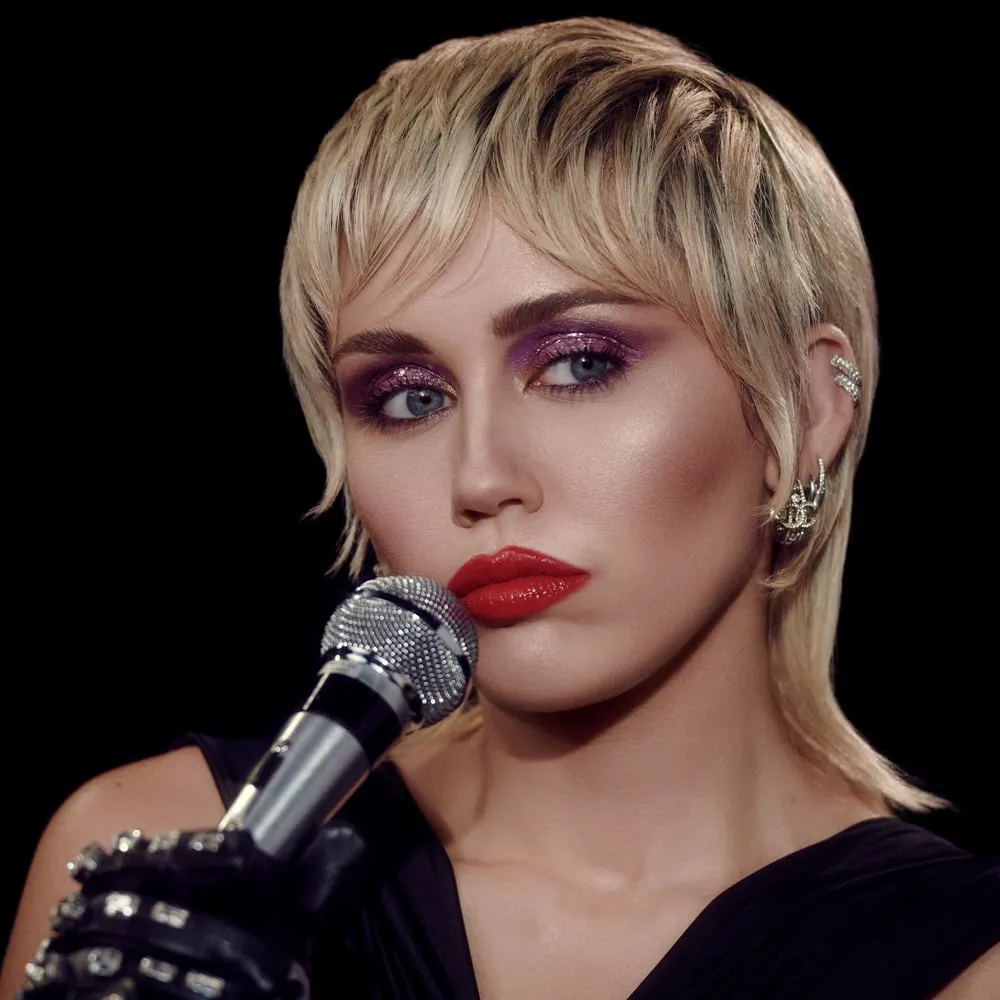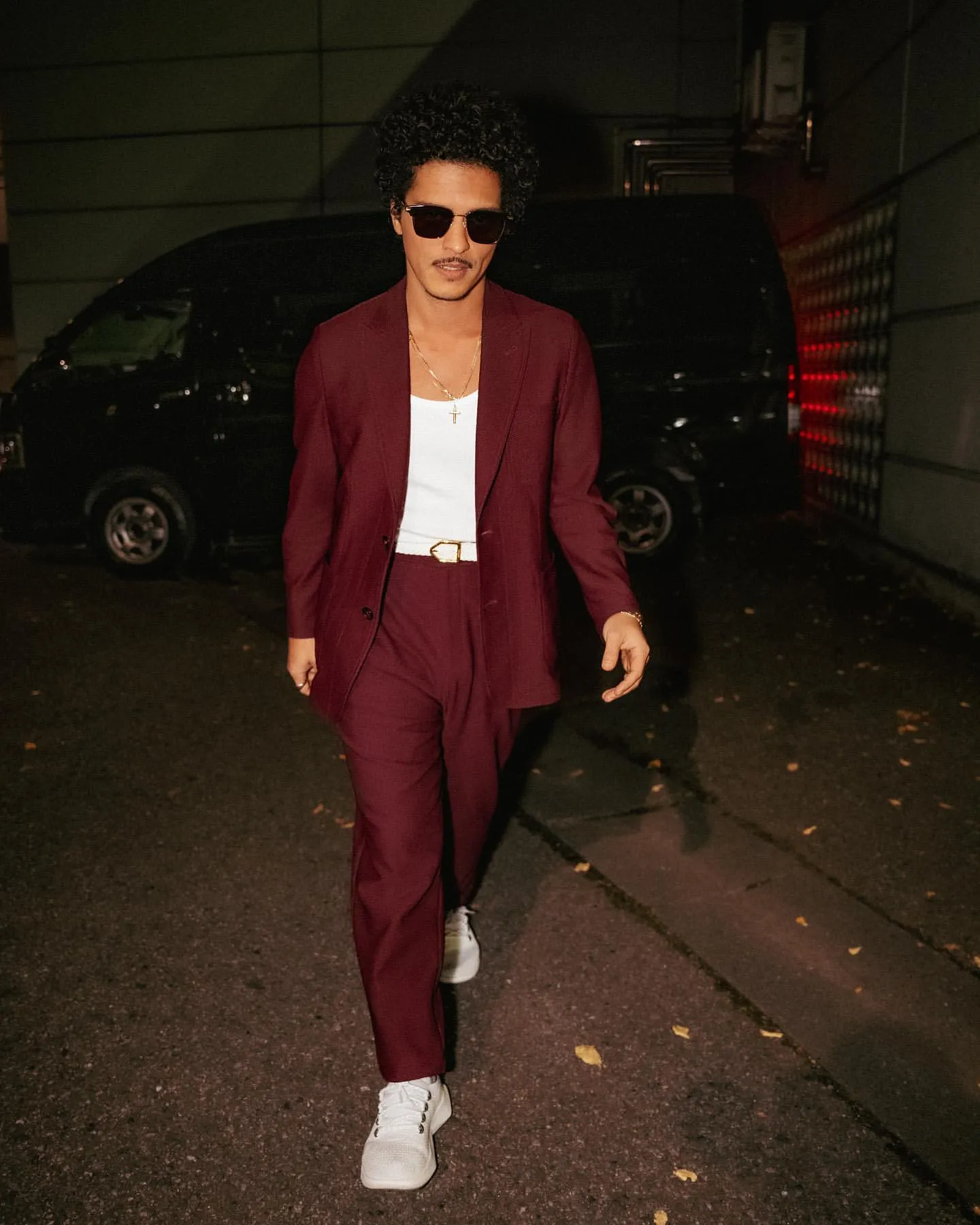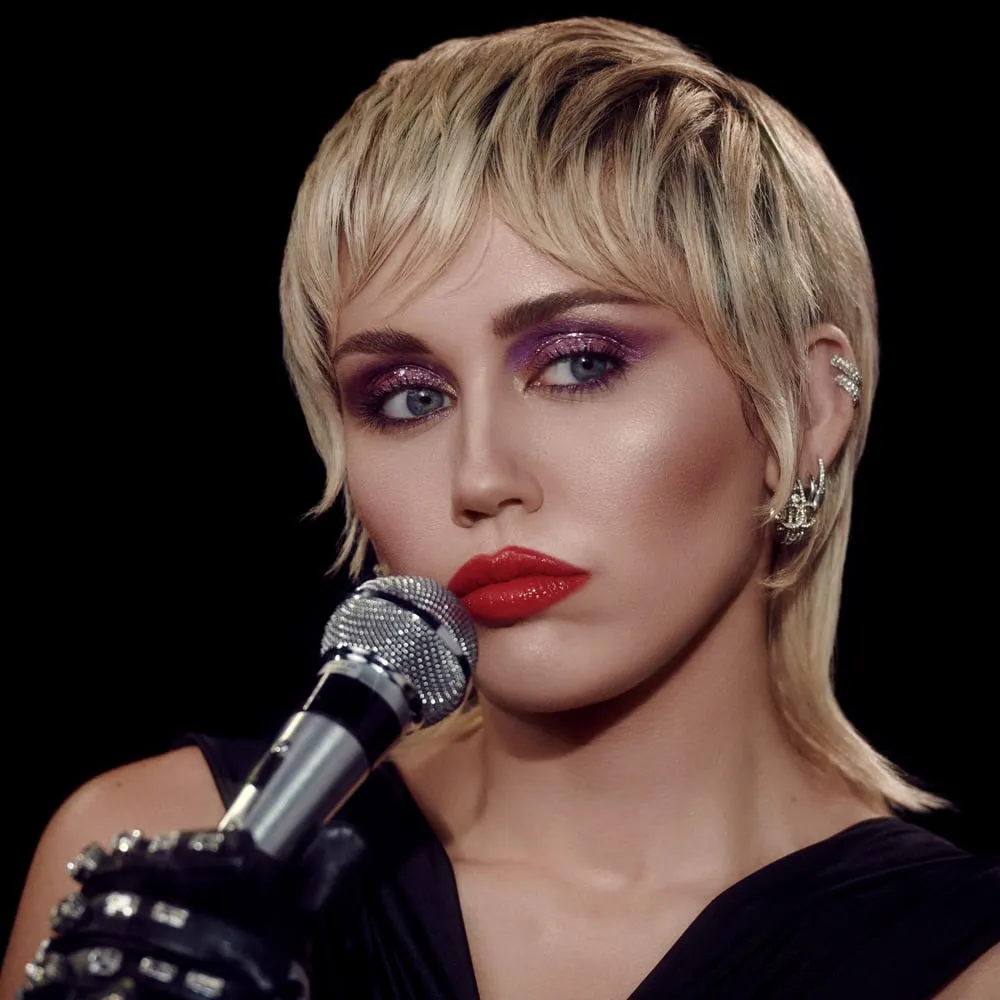
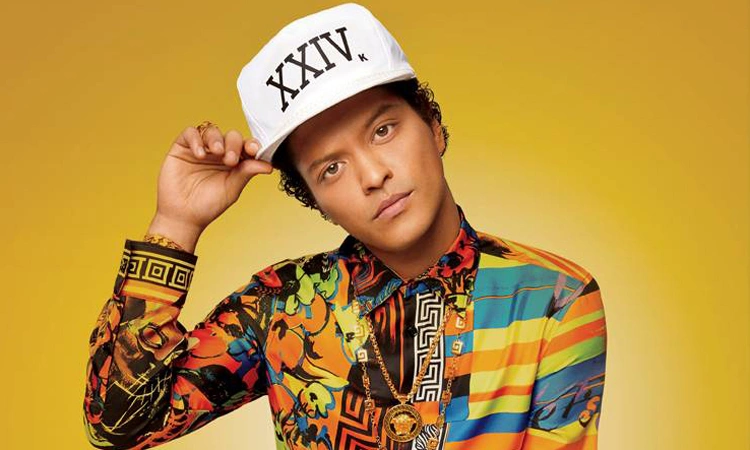
What Bruno Mars Hates Most About Making Music Videos — and Why He Suffers Every Time He Does It
Bruno Mars, the multi-talented singer, songwriter, and performer, has captivated audiences worldwide with his charismatic stage presence and powerful vocal performances. Known for hits like “Uptown Funk”, “24K Magic”, and “Leave The Door Open”, Mars has set the bar high for artistry, energy, and authenticity in the music industry. Yet, despite his remarkable success, there’s one aspect of the music-making process that consistently frustrates him: shooting music videos and lip-syncing to pre-recorded tracks.
This article delves into the challenges Bruno Mars faces while creating music videos, exploring why lip-syncing feels unnatural, how it impacts his creative expression, and why authenticity remains at the heart of his artistic vision.
The Challenge of Lip-Syncing
For most artists, music videos are an opportunity to showcase personality, style, and narrative storytelling alongside their songs. However, Mars finds lip-syncing in music videos uncomfortable.
-
Loss of connection: Performing live allows him to feed off the band and audience, creating a synergy that energizes his performance. In contrast, lip-syncing to silence feels disconnected, as he isn’t reacting to actual sound or rhythm in the moment.
-
Pressure from directors: Music video directors often encourage exaggerated facial expressions or gestures to make the video visually compelling. For Mars, these demands can feel forced and unnatural, creating tension between artistic integrity and production requirements.
-
The illusion of performance: While videos show Mars perfectly synced to vocals, he often sings live during the shoot, even if the recording isn’t used, to stay immersed in the performance. This approach allows him to maintain a genuine connection to the song, translating into more authentic energy on camera.
Why Authenticity Matters to Bruno Mars
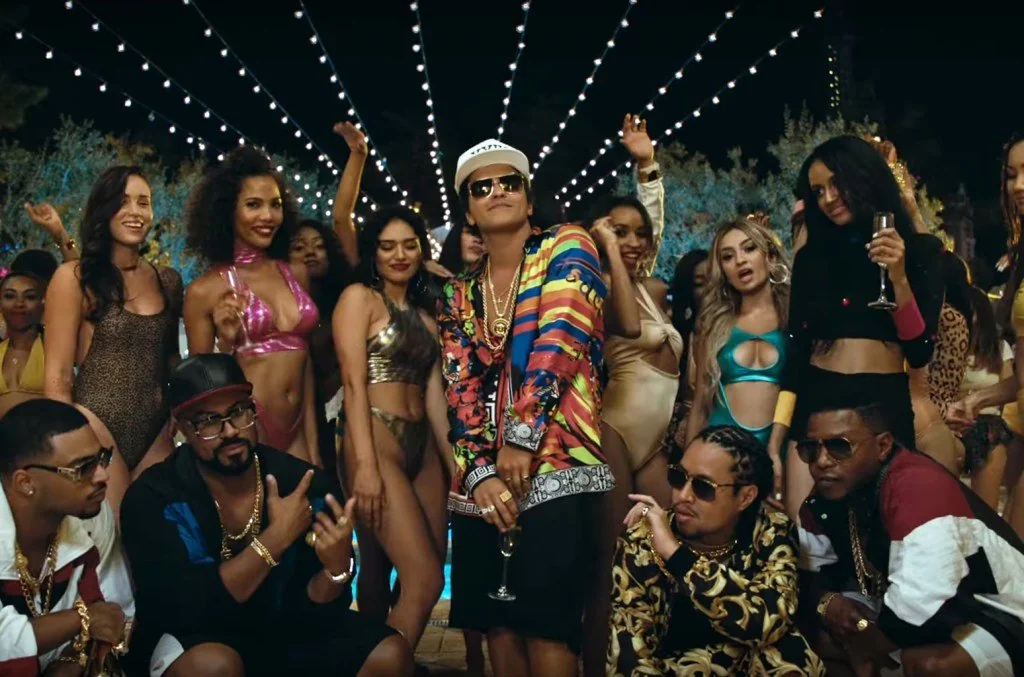
Authenticity has been central to Bruno Mars’s artistry. From the early days of his career performing in small clubs to arena-filling tours, Mars has emphasized emotional honesty and real connection with audiences. Lip-syncing, by its nature, risks undermining that authenticity.
-
Emotional resonance: Music videos are not just promotional tools—they’re storytelling devices. When Mars lip-syncs without feeling, it risks disconnecting viewers from the emotional core of the song.
-
Artistic integrity: Maintaining authenticity, even when inconvenient or challenging, reinforces Mars’s brand as a genuine artist. Fans recognize and appreciate the subtle differences between a performance driven by heart versus one merely for visual appeal.
-
Performance energy: Mars’s commitment to live singing on set preserves the energy of the performance, making music videos feel alive, dynamic, and engaging.
The Creative Process Behind Mars’s Music Videos
Bruno Mars’s approach to music videos goes beyond mere lip-syncing. His creative process emphasizes storytelling, choreography, and musicality, integrating elements that make the final product memorable.
-
Storyboarding: Mars collaborates with directors to ensure that the video’s narrative complements the song, rather than overshadowing it.
-
Choreography: Dance sequences are often performed live to playback music, but Mars incorporates real-time singing to capture the authenticity of movement and sound.
-
Expression: Facial expressions and gestures are not just instructed; they are influenced by his genuine response to the music, giving the audience a sense of spontaneity.
-
Energy: Maintaining stage-like energy on camera requires blending performance stamina, musical timing, and emotional expression, a challenging feat when the track is pre-recorded.
This dedication to integrity in performance is part of what separates Bruno Mars from many of his contemporaries in the pop industry.
Examples of Bruno Mars’s Music Video Authenticity
Several of Mars’s iconic music videos showcase his commitment to authenticity:
-
“Uptown Funk”: The video is full of live energy, dynamic movement, and synchronized choreography, reflecting the song’s playful vibe.
-
“24K Magic”: From dancing on city streets to interactions with band members, Mars’s performance feels organic, with real expressions that convey his love for the music.
-
“Leave The Door Open”: Subtle emotional cues, gestures, and expressions create a romantic atmosphere that feels unscripted and heartfelt, despite being a polished production.
In each case, Mars’s approach involves balancing technical perfection with the emotional truth of the performance, something that lip-syncing alone cannot fully convey.
Industry Pressure vs. Personal Comfort
While music videos are essential promotional tools, the production environment can be stressful for artists:
-
Tight schedules and multiple takes can amplify the unnatural feeling of lip-syncing.
-
Director instructions may prioritize camera angles and visual appeal over musical authenticity.
-
Fan expectations create pressure to deliver both a visually stunning video and a performance that feels genuine.
Bruno Mars navigates these pressures by incorporating live singing when possible and focusing on emotional connection over mere aesthetic perfection.
The Psychological Impact of Lip-Syncing
Performing to silence or pre-recorded tracks can impact an artist’s mindset:
-
Reduced spontaneity: The lack of real-time musical feedback may make expressions feel rehearsed or mechanical.
-
Performance fatigue: Constant repetition for multiple takes, without the energizing feedback of live sound, can be draining.
-
Creative frustration: Mars has mentioned feeling miserable during lip-syncing sessions, as they disconnect him from the organic flow of music-making.
By acknowledging these challenges, Mars demonstrates the mental and emotional dedication required to maintain high-quality music video performances.
Fan Appreciation and Public Perception
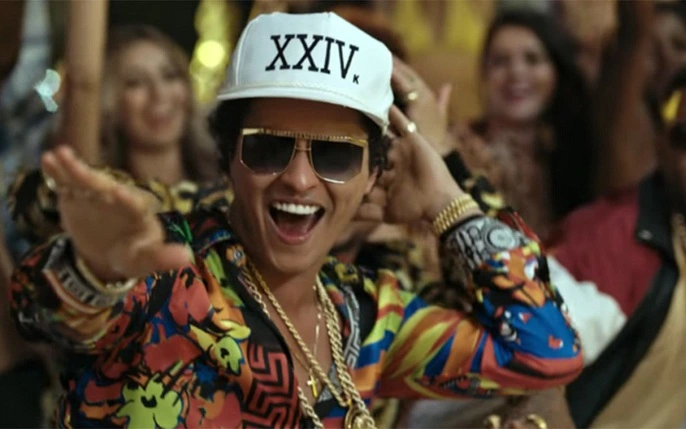
Fans often notice when an artist’s performance feels authentic versus forced. Bruno Mars’s insistence on live singing and genuine engagement has strengthened his reputation for professionalism and integrity.
-
Fans have praised his music videos for feeling alive, energetic, and emotionally resonant.
-
Critics note that even in highly choreographed sequences, Mars’s connection to the music elevates the final product.
-
Social media discussions frequently highlight his dedication to authenticity, contributing to his lasting popularity and credibility in the industry.
Lessons for Aspiring Artists
Bruno Mars’s experiences with music videos provide several valuable lessons for emerging musicians:
-
Prioritize authenticity: Genuine connection with the music resonates more than technical perfection alone.
-
Integrate performance and emotion: Balance choreography, lip-syncing, and live expression for a compelling video.
-
Manage industry pressure: Stay true to artistic vision despite director instructions or production constraints.
-
Understand the value of live performance: Even in recorded media, incorporating live elements can enhance energy and believability.
Conclusion: The True Cost of Lip-Syncing in Music Videos
For Bruno Mars, music videos are more than promotional tools—they are extensions of his artistry. The challenge of lip-syncing can feel unnatural and even miserable, but his dedication to authenticity ensures that his performances remain vibrant, heartfelt, and memorable.
By singing live during shoots and maintaining emotional honesty, Mars preserves the integrity of his music, demonstrates professionalism, and continues to set a high standard for performance in the music industry.
Ultimately, Bruno Mars’s struggle with lip-syncing is a testament to the importance of authenticity in art, reminding both fans and fellow musicians that the connection between performer and audience is what truly makes music powerful.








